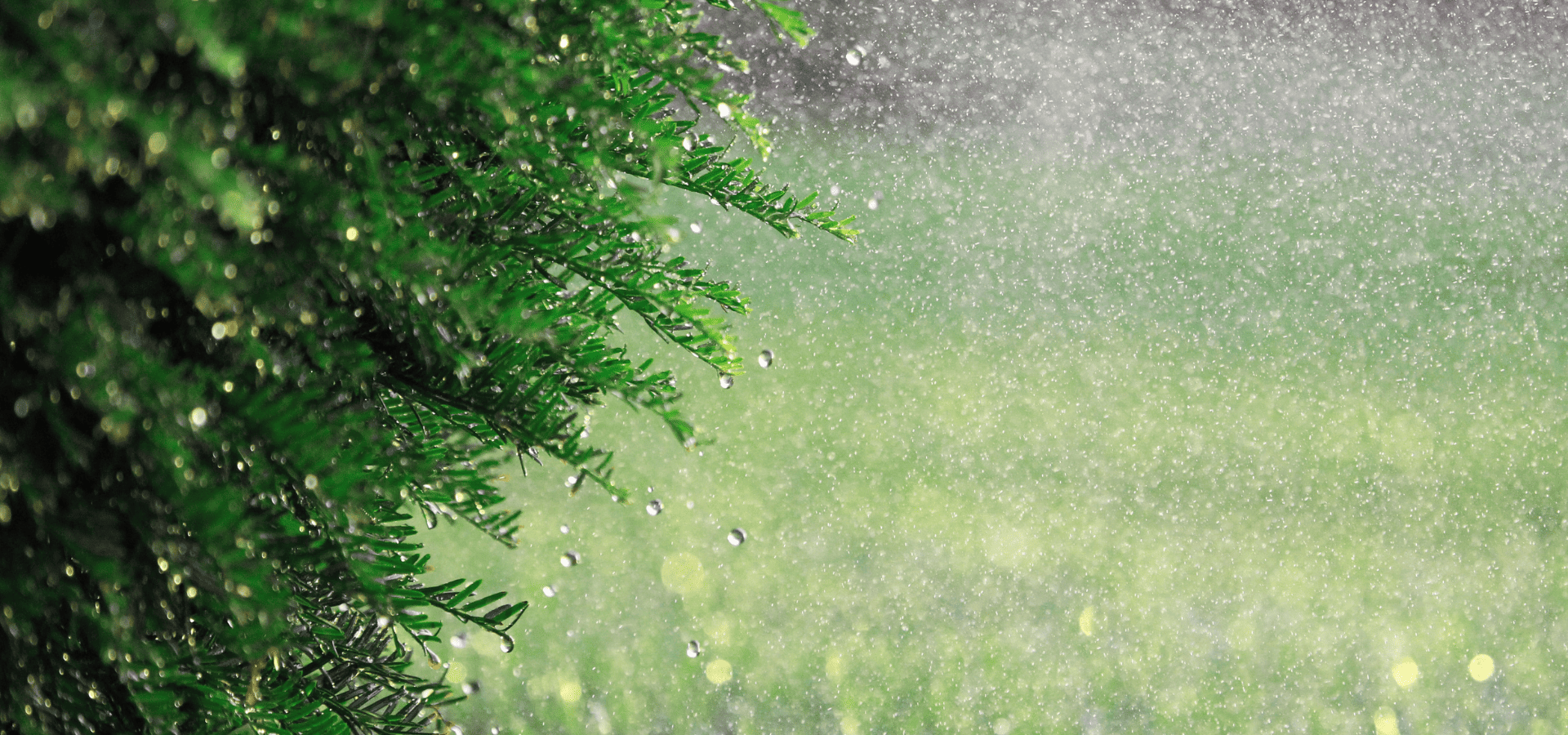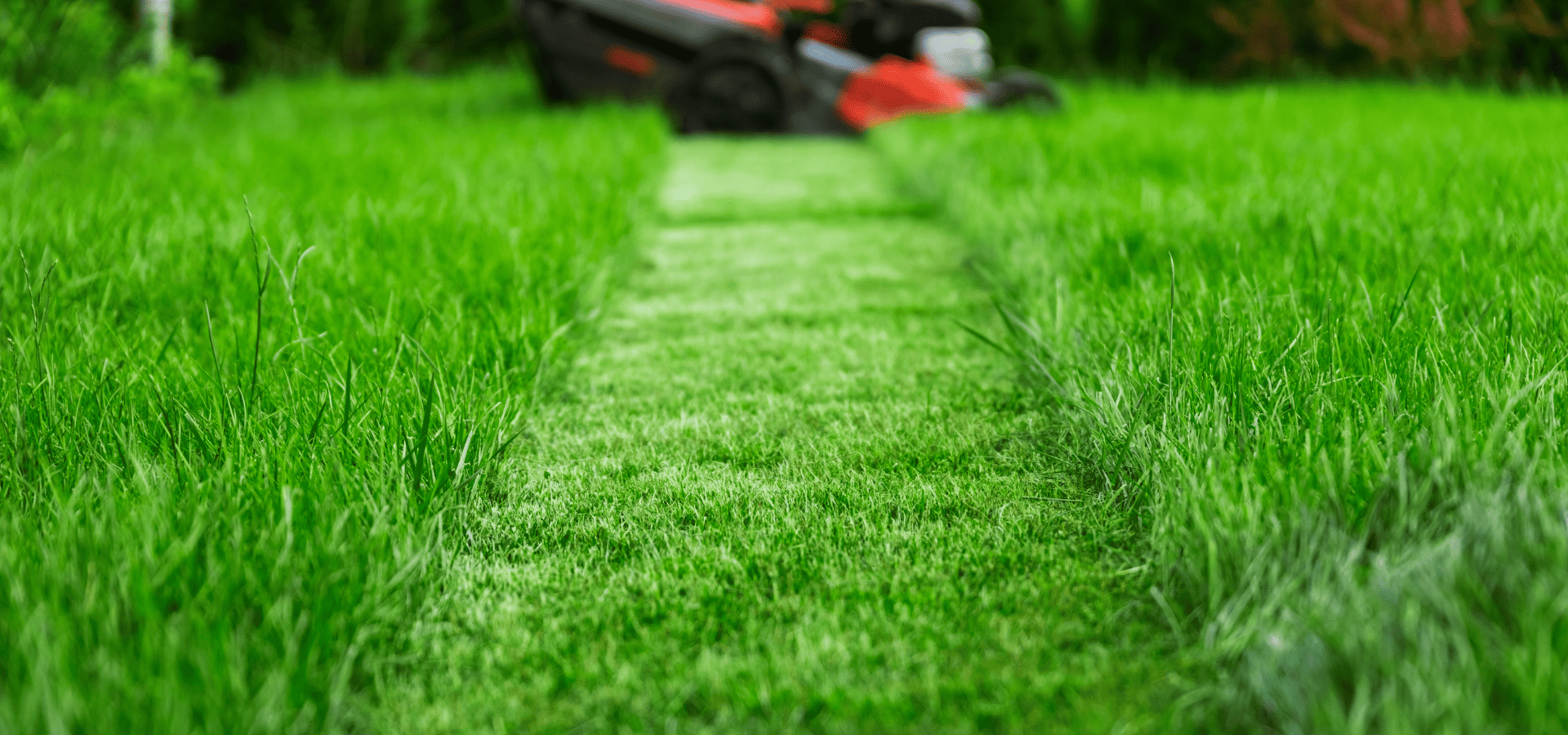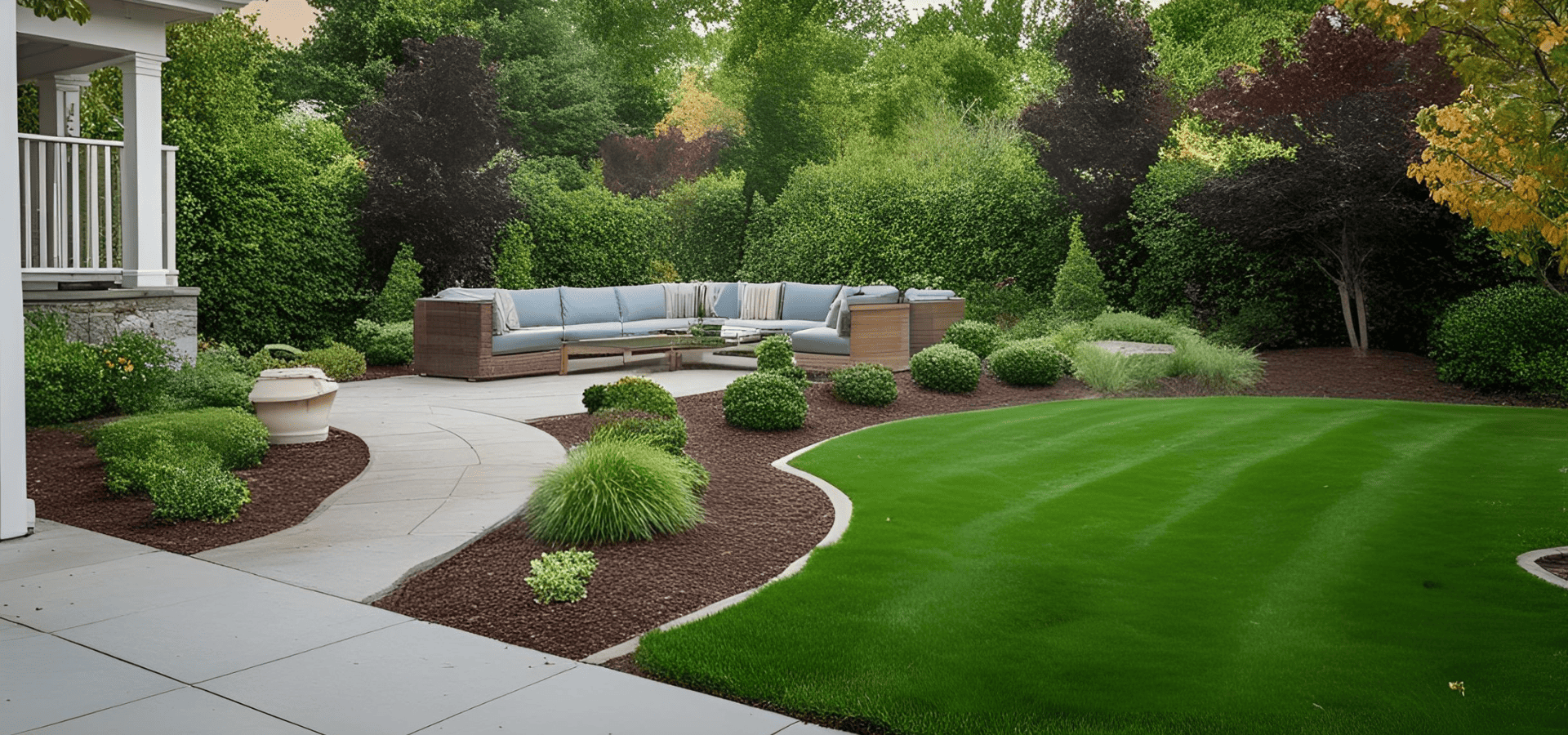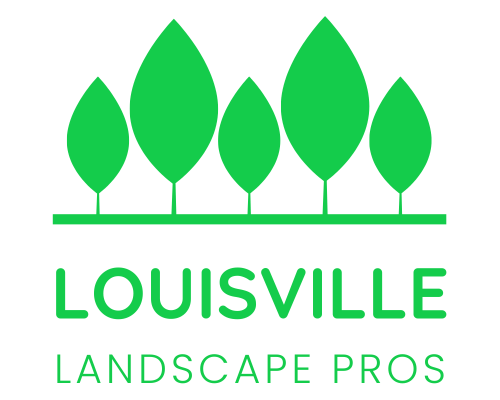Expert Guide To Creating A Sustainable Landscape
Plants help convert carbon dioxide into oxygen and reduce carbon dioxide levels, so simply by having a garden of some sort, you’re already contributing to environmental friendliness.
However, if you’re not careful, you may end up actually increasing your carbon footprint and harming the environment even more than if you didn’t have a garden.
Plants need water, fertilizer, and sometimes chemicals like pesticides and herbicides too. All these have carbon footprints associated with transport and production.
As such, taking measures to minimize your landscape’s carbon footprint is key to ensuring you’re actually helping the environment and not harming it further.
Here’s how.
1. Water Efficiency & Conservation
First off, watering your plants is going to make up a huge part of your maintenance routine.
Since you’ll be doing it every day, the carbon footprint can be pretty significant over time, especially if you’re carelessly watering your plants.
Water requires treatment, and it needs to be transported to your house through pipes.
These processes all require energy, and since the United States isn’t big on renewable energy, non-renewable energy is used for all of these, which translates to carbon emissions.
As such, you need to not just be conscious of not wasting water, but also ensure that when you water your plants, you’re watering them efficiently to use as little water as possible.
Irrigation Systems
First off, when you water your plants, you want to water them efficiently. This means not just delivering the right amount of water, but ensuring they reach your plants’ roots.
Even the most skilled landscapers will find it hard to be more accurate than modern irrigation systems, as these systems can deliver exact amounts of water.
Not only that, but irrigation systems are able to deliver the water directly to your plants’ roots, ensuring no water is lost to the surrounding soil, further increasing water efficiency.
Nowadays, more advanced irrigation systems are even able to factor rain into account and adjust their water levels accordingly, allowing for even better water efficiency.
It goes without saying that these systems won’t be cheap, but you’ll be using less water on your plants, which means your water bills are going to be lower. Over time, these savings can add up to be quite substantial, sometimes even amounting to whatever you spent on the irrigation system or even more. Plus, either way, you’d be doing your part for the environment.
Recycling Rainwater
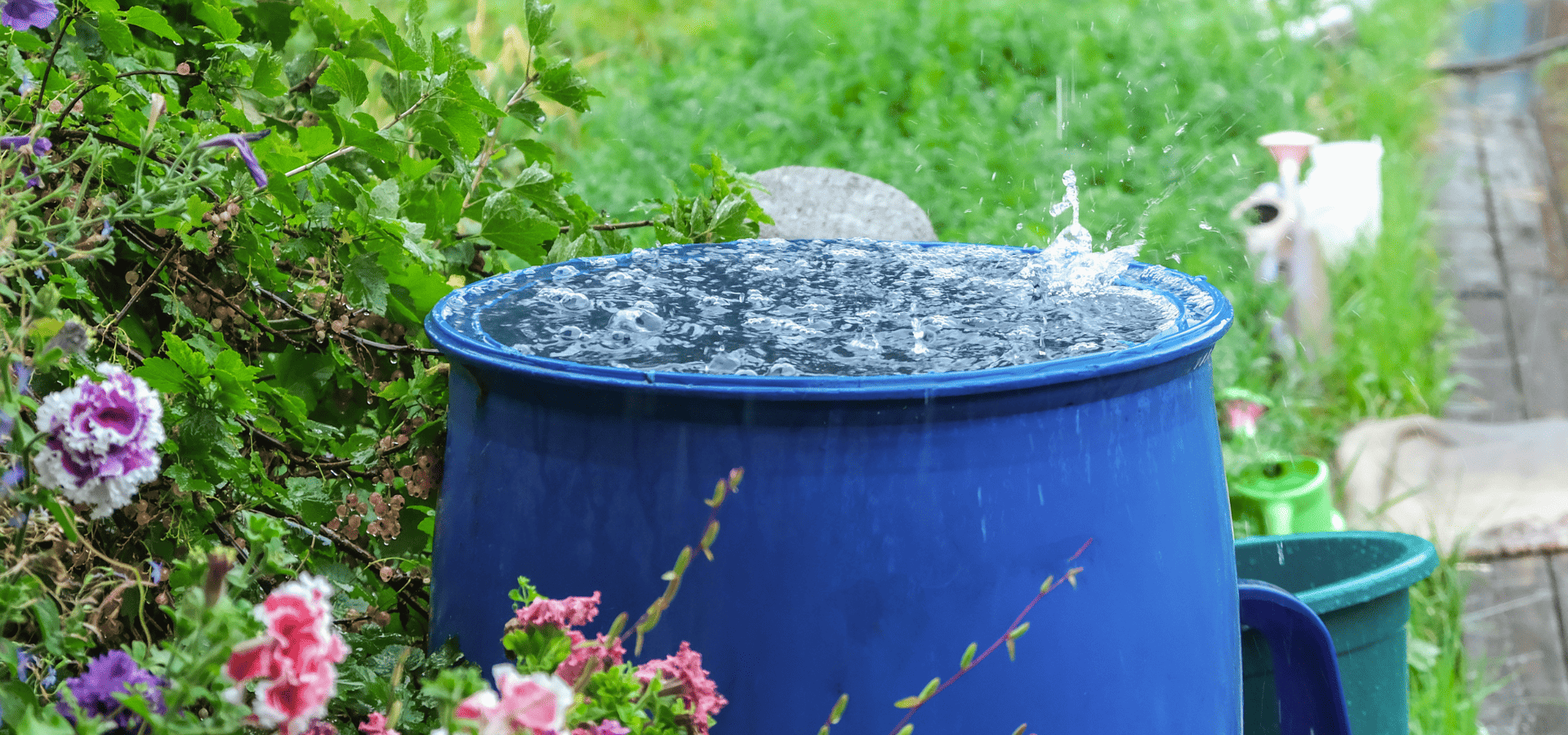
On top of that, you can also further reduce your carbon footprint by collecting rainwater and using it to water your plants.
Native Plants
Finally, using native plants is one of the best ways to reduce water usage. Native plants are able to survive without additional watering in the wild, having adapted to the local climate.
This means once they’re mature, you’ll almost never need to water them except during dry periods, as they will be able to survive with rainwater alone just like they would in the wild.
Native plants aren’t just useful for reducing water usage though.
Having adapted to local conditions, and having to survive in the wild without additional support, they’ll usually have developed their own ways to resist local pests and diseases.
In other words, you won’t have to use pesticides as much and you won’t have to deal with diseases as often.
2. Use Sustainable Materials
The use of sustainable materials won’t help reduce your carbon footprint or make your garden more friendly to the environment in any way.
However, by choosing sustainable materials, you are choosing items that have a lower carbon footprint, both to produce and to dispose of eventually.
Items made from recycled materials can be recycled again to make more items, which significantly reduces waste, and in turn the carbon emissions from burning waste.
The process to create hardscapes and other items with sustainable materials also usually releases less carbon emissions.
Overall, while your landscape itself may not be more eco-friendly, the process to achieve your landscape would release lesser carbon emissions and be more sustainable, thus still moving towards sustainability.
When you eventually dispose of these hardscapes and features, you also release a lot less carbon emissions, which is again another step towards sustainability.
3. Energy Efficiency
Since the production of energy, specifically non-renewable energy, produces carbon emissions, energy efficiency is another key element of sustainable landscapes.
You should be aiming to reduce the use of energy where possible. Here are some ways to do that.
Tall Deciduous Trees For Shade
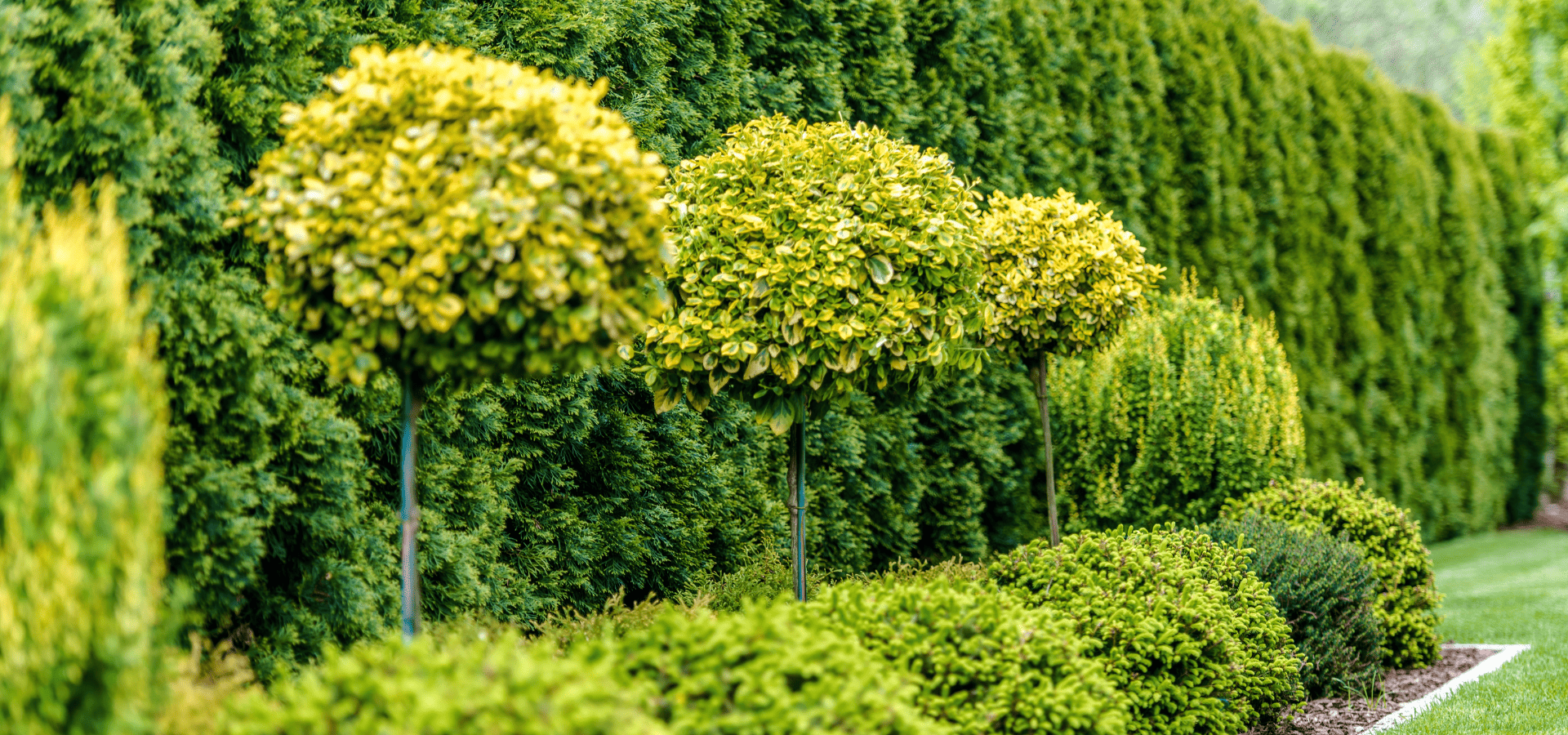
Firstly, planting tall trees will help block out the sun, helping to reduce heat gain in your home and subsequently the need for cooling systems.
The key is to plant deciduous trees that will shed their leaves in winter so that the winter sun can pass through and warm your home, reducing your heating needs.
This way, you’ll reduce the amount of energy needed for cooling in the summer and the amount of energy needed for heating in the winter.
Reflective And Insulating Hardscapes
Next, for your hardscapes, you’ll want to use materials that are poor conductors of heat so that they don’t gain or lose heat fast, as well as colors that reflect light.
This will once again help to reduce heat gain during the summer, reducing your cooling needs.
A common issue with modern regions is that they have lots of hardscapes and little plants.
Since plants naturally help cool down the atmosphere while hardscapes absorb heat, this results in the urban heat island effect where regions with lots of hardscapes are much warmer than rural areas.
This is extremely harmful to the environment as it contributes to rising temperatures, which leads to issues like melting ice caps and glaciers.
The urban heat island effect can happen on a smaller scale if your hardscapes absorb heat quickly, so it’s imperative that you use materials that are good insulators of heat.
In addition, you also want to use colors that reflect light to further reduce any heat gain from sunlight. Basically, opt for light colors over dark colors. The closer a color is to white, the more light it reflects.
These will all help reduce the need for cooling, both indoors and outdoors. You may find that instead of an outdoor air conditioner, just an electric fan will do, which will go a long way towards reducing energy use and carbon emissions.
Permeable Paving
Permeable surfaces are surfaces that have gaps or porous surfaces for water to go through.
When there’s rain, these surfaces trap the rainwater, so that after the rain, when the sun comes up, the trapped rainwater continues to keep the ground cool, helping keep your outdoor space cool.
This once again reduces the need for cooling and reduces your energy consumption, helping increase energy efficiency.
Renewable Energy

Renewable energy is the most sustainable form of energy, so using renewable energy where you can will be a huge step towards energy efficiency and sustainability.
Solar panels can be quite expensive, so if you’re not quite ready to go to that extent yet, that’s fine.
Using solar power in smaller ways still helps, and there are plenty of features that employ solar energy to run.
There are outdoor lights that absorb solar energy during the day and automatically turn on at night. There are also water features that run on solar energy when it’s available and electricity the rest of the time.
These small steps toward sustainability will add up over time to have a big impact.
4. Manage Your Soil Health
Finally, by managing your soil health carefully, not only will less water be needed, but you’ll also reduce the need for additional chemicals that harm the environment and have carbon emissions in production.
Mulching helps retain soil moisture, so water stays in your soil longer and less water is lost to evaporation. Overall, you’ll have to water your plants less.
You should also add organic amendments like compost to make your soil more nutrient-rich and improve your soil structure. This will translate to less need for fertilizers.
With healthier soil, your plants also grow better and become stronger, making them more resistant to pests and diseases.
As mentioned earlier, fertilizers and pesticides not only have carbon emissions from production and transportation, but pesticides can also be toxic to other creatures as well as the environment.
All in all, enhancing soil health is a more indirect way to achieve sustainability, but it will nonetheless contribute to sustainability, so don’t overlook it even if its impact is smaller.
Conclusion
Sustainable landscaping goes far beyond just using native plants or being mindful of your water usage.
Just growing plants may still not be enough to reduce your carbon footprint and can even contribute to it if you’re not careful.
There are many conscious decisions to make to turn your landscape into a sustainable one. It’s going to take more effort and thinking, but that’s usually the case for anything worth doing.
So if you’re willing to do your part for the environment and create a truly sustainable landscape, follow the keys in this guide, and you’ll have yourself an outdoor space that truly supports the environment.
At
Louisville Landscape Pros, environmental friendliness is a key part of every landscaping project we undertake, so if you need a sustainable landscape done, give us a call today.
You might also like
